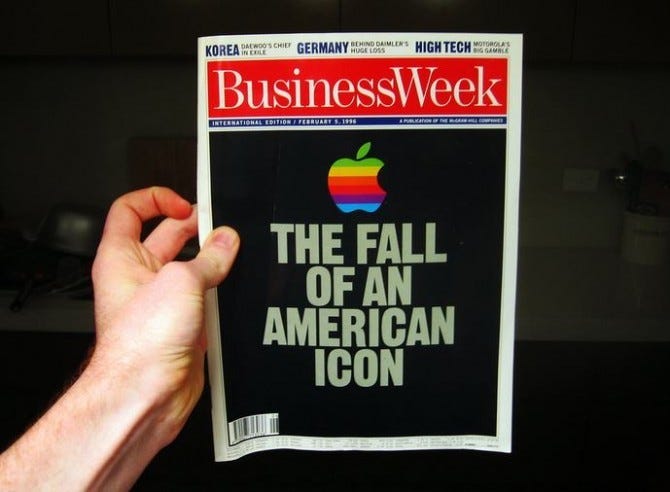
Apple Inc.’s (Nasdaq: AAPL) $1 trillion valuation is at risk, and it’s all thanks to one decision made during the company’s fourth-quarter earnings report.
It wasn’t that the company’s numbers were bad. They were actually better than expected. For the quarter, Apple said it earned $2.91 per share on revenue of $62.9 billion. Analysts were looking for $2.78 earnings per share on revenue of $61.4 billion.
The problem lies with partly with the iPhone, and the lack of sales thereof. Last quarter, Apple only sold 46.9 million iPhones versus expectations for 48.4 million. In the same quarter last year, Apple sold 46.8 million iPhones.
In fact, declining smartphone sales have become a serious problem for Apple. So much so that the company announced that it would no longer breakout unit device sales in 2019.
Apple played up the move as necessary as the company shifts toward becoming more services oriented. Indeed, services revenue rose to its highest level ever at $9.98 billion in the fourth-quarter. With iPhone sales continuing to stagnate, iTunes, Apple Music, iCloud, Apple Pay and Apple Care have become increasingly important to the company’s bottom line.
Many industry analysts also praised Apple’s decision to stop breaking out iPhone sales. Most parroted the company line of shifting toward a services company, and how it would take investors some time to get on board with the shift.
Here’s why this “shift to services” is all smoke and mirrors:
First, do you think Apple would stop reporting iPhone sales numbers if those numbers were good? Back in the day, Apple used to see double-digit sales increases and shouted those results from the rooftops.
If iPhone sales had continued at that pace, Apple would not be making this move. No company in its right mind would. In short, Apple has chosen to hide from declining iPhone sales instead of addressing the problem, one that the entire smartphone market faces.
Second, becoming a services-oriented company is all well and good … until you realize where Apple gets its services revenue. You see, Apple runs what’s called a “walled garden” on all of its devices. From Mac computers, to Airbooks, to iPads to iPhones … all of these devices run solely on Apple software and services. There’s no way to run any other software on them, unless you jailbreak your device.
So, how does services revenue continue to rise at a fast-enough pace to replace hardware revenue if hardware sales are declining?
This is the real problem that Apple investors face. Hiding the issue by not reporting device sales is not the answer. It sweeps the problem under the rug and obfuscates it so that investors forget it there.
The fact is, Apple peaked with its $1 trillion valuation. Unless Apple develops another innovative device in the vein of the iPhone, it’s all downhill from here. And no amount of hiding the facts will change that.
